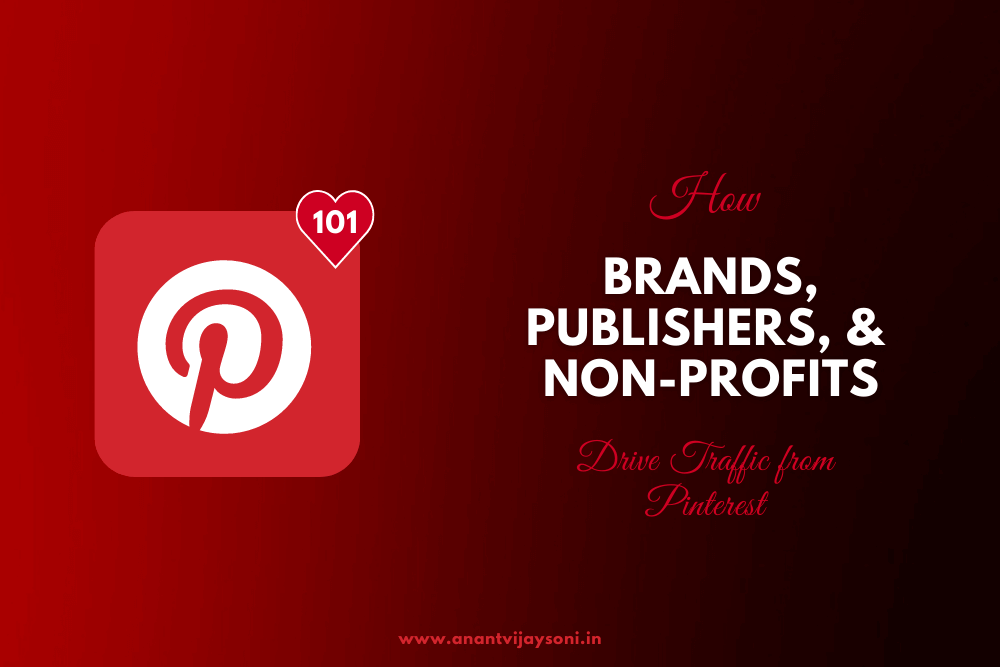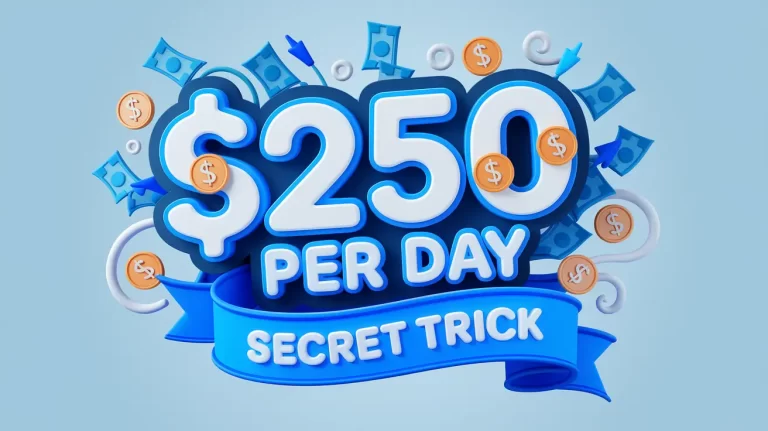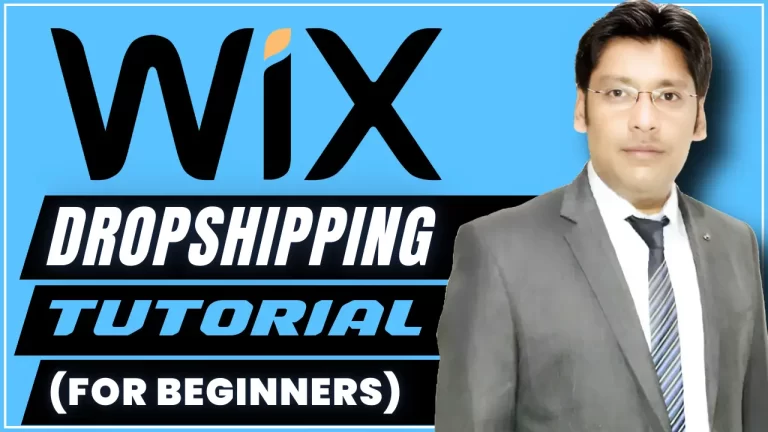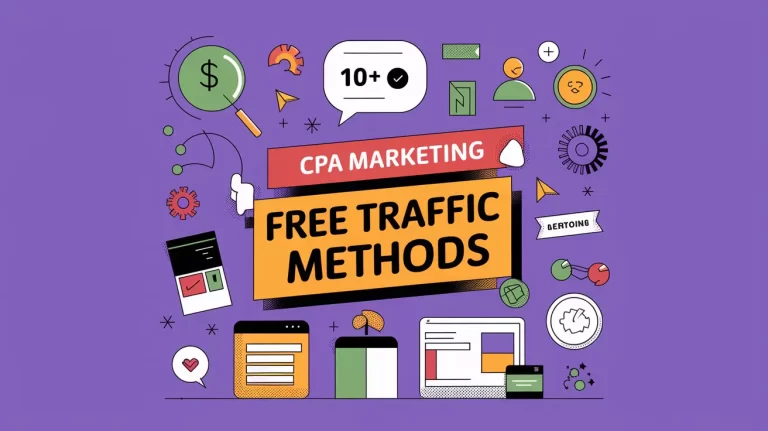Pinterest burst onto the scene in 2011 becoming one of the top ten social networking websites online. With the amount of traffic and engagement on the website, brands, publishers, and non-profits took notice to the huge potential Pinterest has and began an active presence on the social platform.
Pinterest currently has 433 million active users worldwide which represents a major opportunity for organizations of all types to engage with Pinterest users on and off the website. From collaborations between Target and well-known Pinterest party-ware influencers to the five-story Pinterest board created by Caribou Coffee displayed at the Mall of America, the social network has seen mainstream interest from many of the top organizations across the world due to its appeal to so many different demographics.
A vast majority of activity on Pinterest, in terms of images pinned, is done by the users themselves. But of the other activity conducted by brands, publishers, and non-profits are typically focused on achieving a few goals. Of the vast variety of benchmarks these organizations take interest in, encouraging engagement with their pins and boards on their account, increasing the amount of user-generated content around their online imagery and driving traffic to their websites tend to be the main activities of most organizations look to achieve on Pinterest.
Driving traffic from Pinterest to your web properties is one of the best values of the social network and many of these organizations have identified what formula for pinning works well with their audience on the channel. Pinterest grabs 51% of e-commerce traffic as compared to Facebook’s 37% and drives more traffic to publishers than Twitter, LinkedIn, and Reddit combined.
Here’s how brands, publishers, and non-profits currently drive qualified traffic from Pinterest to help achieve the same goals for your organization.
Table of Contents
Brands Use Contests, Guest Pinners, and Offline Integrations to Drive Traffic
Businesses, especially e-commerce, have the most to gain when it comes to having an active presence on Pinterest since the average Pinterest shopper spends $140 to $180 when coming from the social network, while the average user spends $60 to $80 when coming from Facebook.
Traffic from Pinterest is important to not only increase the quantity and quality visitors to your website, but impact sales as well. There are many tactics to driving Pinterest traffic to your brand’s website that your business should emulate. Pinning high quality imagery to your boards from your company and other relevant players of interest to your audience, adding Pin It buttons to your visual content on your web properties, and connecting your Pinterest activity with your other social media channels are all examples of how you can engage with your audience and drive traffic.
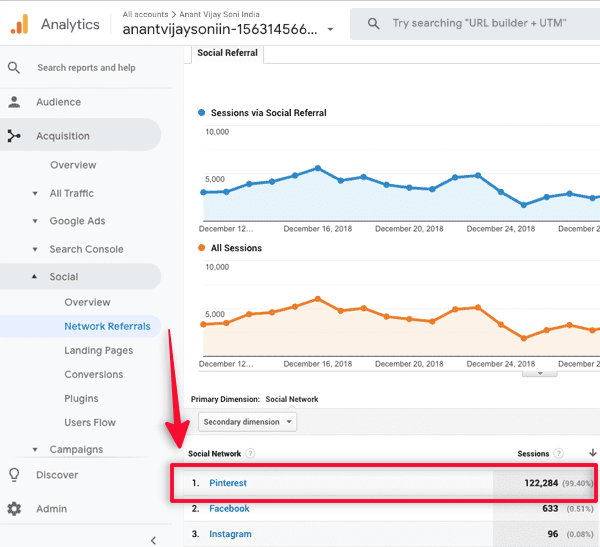
One of the more effective tactics for driving traffic to your website is by holding contests. Many brands have taken part in Pinterest contests to increase followers, encourage more pinning, spur engagement, and drive traffic to your offerings online. Take for example, Smirnoff’s contest, Country Living’s giveaway. These contest seek to engage Pinterest users to perform activity on the network that drives leads, engagement, and traffic to the website of the contest host.
The Smirnoff Pinterest content was centered on pinning your guilty pleasures without guilt, in celebration of a new vodka offering. To enter, Pinterest users had to visit a landing page, fill out the entry form and then pin an image of their choosing that visualizes a guilty pleasure, making sure to include a description with that pin that incorporates the hashtag #SMIRNOFFSorbet.
The contest was aimed mainly at increasing brand recognition of the new Smirnoff vodka flavor by inciting the creation of user-generated content on Pinterest. While the Country Living Pinterest contest required users to pin items from CountryLiving.com to a board on their own accounts titled My Country Living Dream Bedroom in order to drive engagement on Pinterest and traffic to their website.
Another tactic for helping drive traffic from Pinterest as a brand is the use of guest pinners. When holding contests, many brands involve influencers on Pinterest to encourage more users to participate and drive traffic from pins created during the promotion through a guest pinner’s vast and relevant following. For example, Etsy invites guest pinners on a frequent basis to create boards on their accounts that both the guest and the brand can contribute to help drive interaction and traffic.
Lastly, encourage online integrations with your Pinterest presence to drive more traffic to your online properties in the long-term like this campaign from Kotex. The Kotex brand used Pinterest to connect their online and offline audience. Kotex sent a tailored virtual gift to 50 influential female Pinterest users based on their interests laid out on their Pinterest boards. If these influencers pinned their virtual Kotex gift, the company would send the actual gift to their doorsteps in real-life. The campaign created 2,284 interactions on Pinterest and 695,853 impressions in total, ideally some of these interactions and views of the campaign sent traffic to the Kotex website as well.
Headline Focused Imagery and Segmentation Work for Publishers on Pinterest
Pinterest continues to be a destination for publishers looking to drive more qualified traffic to their websites, especially since the network continues to cater to publishers to encourage their use of the platform through product updates like article pins that give a more in-depth description of the pin’s source and content.
Since Pinterest drives more traffic to publishers than many other social networks, it’s apparent that both the publishers themselves and their readers are sharing content on this visual social network on a frequent basis. It’s time for your blog or publication to execute similar tactics and see the same increase of referral traffic by implementing a few ongoing tactics as well as making it very easy for your readers to pin content as well by providing Pin It buttons across the images of each article.
Creating headline-focused imagery works wonders for driving traffic to your own editorial content, similarly to one of Mashable’s ongoing approaches to Pinterest. This content is catchy in the Pinterest feed and quickly informs the viewer on what the article is about if they decide to click. Pull a related image from a blog post or an article and impose words over it to highlight a concise headline for your content like this. The custom images are easy to make, simple for the eye and do wonders for driving traffic and engagement to your editorial content on Pinterest.
There are many types of images that resonate on Pinterest, but the types of visuals that resonate the most include food, wedding, DIY, and fashion. If your publication prominently covers content that sees the most engagement on Pinterest, then consider creating a Pinterest board for the sole purpose to feature that type of content regularly.
This isn’t a tactic every blog or publication should use because it can spread your following and engagement across multiple accounts on Pinterest and dilute your efforts. The decision to do so depends on how much content your publication has to fuel a wedding or food focused Pinterest account on a regular basis, as opposed to having all those elements live on only one account.
BuzzFeed has a main account on Pinterest and then an account dedicated to Food, DIY, Fashion, Partner content, Celebrities, Animals, BuzzFeed UK, Geeky, Rewind, Sports, Music, and LGBT. Segment your content on Pinterest when possible to best reach your audience through different accounts focused on one topic specifically. This is working for BuzzFeed who now sees more traffic driven to their website from Pinterest than Twitter, says their founder, Jonah Peretti.
Non-Profits Build Community on Pinterest with Quotes, Videos, and Their History
The success of a non-profit lies in its ability to tell a compelling story about its mission to impact the world in some capacity. If used correctly, Pinterest can help a non-profit do so by building a community and helping drive these interactions to your website. Well-known non-profit charity: water is active on Pinterest and leads as an example for others interested in building an engaging community on the social network.
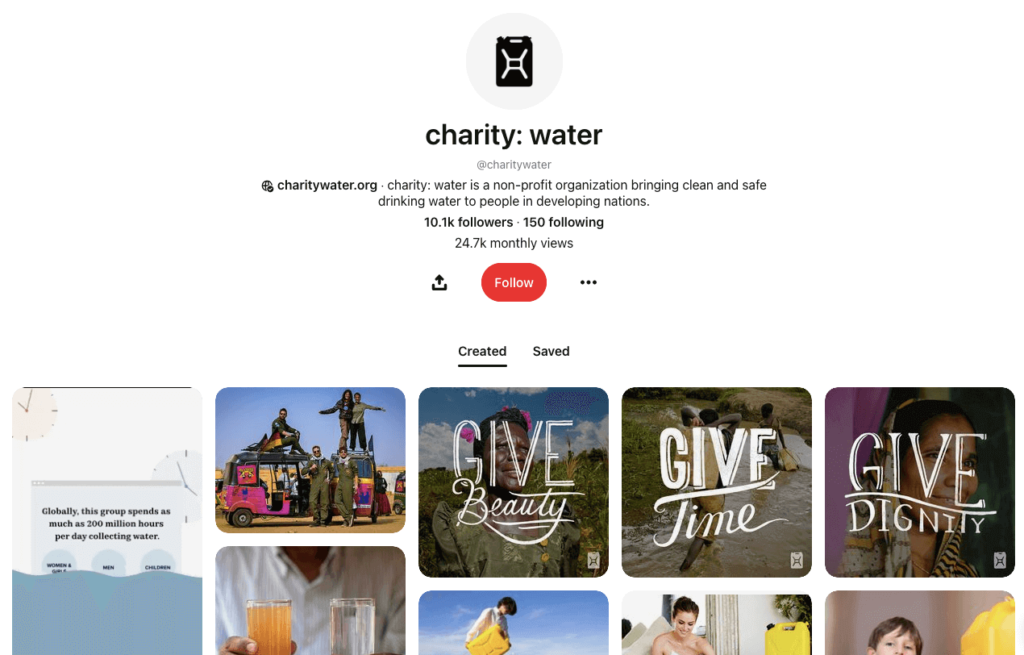
To best capture their mission and story, charity: water pins original images of quotes about how clean water can help people in need. These visually stunning images of quotes are accompanied with an extensive description that are linked to in-depth blog posts about the individuals featured on each pin. These stories help paint a broader picture of the non-profit’s mission and help drive traffic to their website for visitors to learn more about their cause.
The Gates Foundation shares some of the organization’s favorite YouTube videos on their Pinterest account to highlight some of their own videos as well as the videos of others related to the interests of their audience. This helps the Gates Foundation highlight their mission more clearly with TED talks from both Bill and Melinda Gates, while also sharing the videos of others that inspire the non-profit as well.
By pinning these videos, they can be viewed from the Pinterest account itself, on YouTube, or where they were embedded on your website. When you’re pinning a YouTube video with the aims of driving traffic, it’s important to pin it from your website whether it is in a blog post or elsewhere. Use videos and other forms of visual content like GIFs to vary how you’re sharing the story of your non-profit and building an invested community.
Lastly, the American Red Cross shares visual content on Pinterest from throughout their history to drive home their ongoing mission to users, as well as increase traffic to their website. To achieve this, the Red Cross shared marketing posters used through the non-profit’s existence since 1881 to show the evolution of their hard work delivering care to others.
The images are perfect for a visual platform like Pinterest because these posters highlight creative visuals from different eras spanning over one hundred years, which is highly rare, interesting, and shareable content. These posters are linked to various articles on the Red Cross website to help direct traffic from Pinterest to their blog. Try this approach to driving traffic on your Pinterest account by sharing visual moments of your non-profit’s history linked to more in-depth resources located on your website.
What’s the most successful strategy you’ve seen on Pinterest from a brand, publication, or non-profit? What tips do you have for choosing the best images to use on Pinterest? Please, let us know in the comments below.

